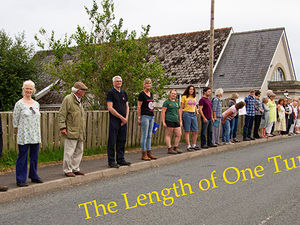Scientists have stored light as sound on memory chips for the first time
The breakthrough has been compared to storing lightning inside thunder.

In a pretty futuristic achievement, scientists have converted light to sound to store inside a microchip.
It’s part of an attempt to create faster, more efficient circuits for supercomputers that will use light instead of what’s currently used – electrons – to process information.
The researchers from Sydney university created a hybrid microchip which can turn light signals into sound so they can be stored and retrieved later.

Well, there are benefits to slowing down signals.
Although light is useful when we need information to cross large areas quickly, once it’s in a system it becomes harder for computers to process.
“The information in our chip in acoustic form travels at a velocity five orders of magnitude slower than in the optical domain,” said Dr Birgit Stiller, supervisor on the project.

So companies like IBM are looking to move to purely photonic (light, rather than electronic) chips.
By storing information as sound waves, they can slow down the information for the computer to process, while avoiding the problems of electronic chips.
Dr Stiller said: “Unlike previous systems this allows us to store and retrieve information at multiple wavelengths simultaneously, vastly increasing the efficiency of the device.”
Their research paper was published in Nature Communications and can be read here.





